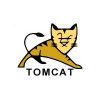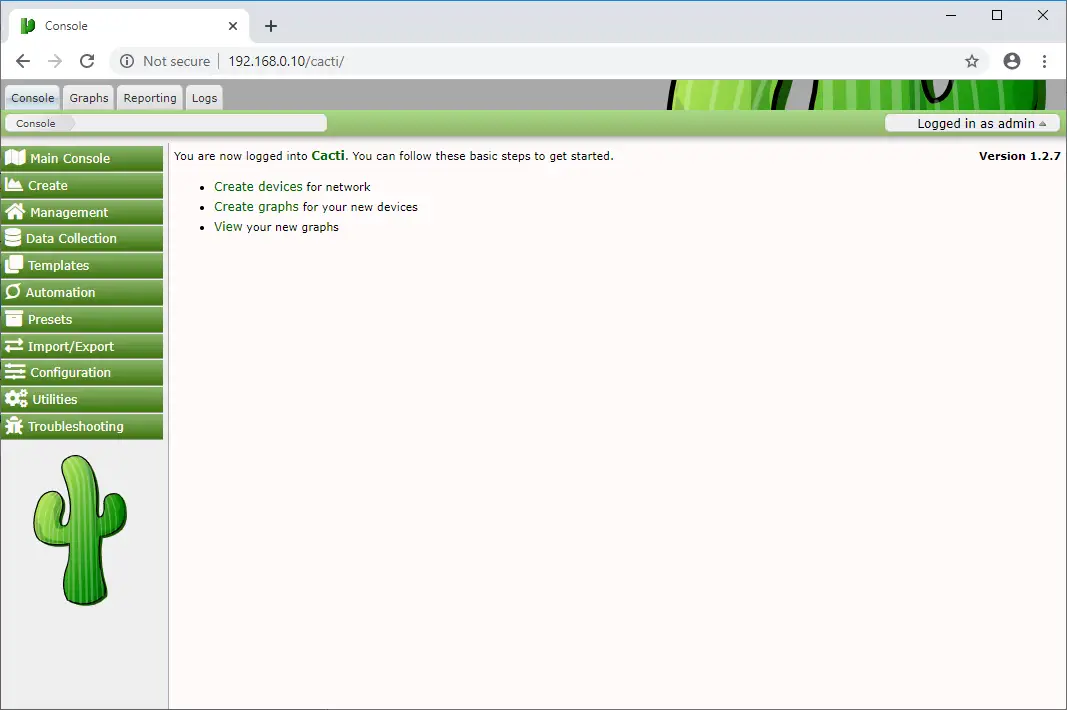

To check whether the installation was successful, run the java -version command.Set the JAVA_HOME environment variable to resolve to the installation directory:.Point the PATH environment variable to the GraalVM Enterprise bin directory:.The next step is to configure the runtime environment:

There can be multiple JDKs installed on the machine.Change the directory to the location where you want to install GraalVM, then move the.Select Java 11 based or Java 17 based distribution for the Linux AMD64 architecture, and download. Navigate to the GraalVM Releases repository on GitHub.Edit conf/tomcat-users.xml file in your editor and paste inside tags.Follow these steps to install GraalVM Community Edition on the Linux operating system. Step 6 – Setup User Accountsįinally we need to create user accounts to secure and access admin/manager pages. Access tomcat on a web browser by connecting your server on port 8080. Tomcat server works on port 8080 default. Using CLASSPATH: /usr/local/tomcat8/bin/bootstrap.jar:/usr/local/tomcat8/bin/tomcat-juli.jar Using CATALINA_TMPDIR: /usr/local/tomcat8/temp Tomcat by default start on port 8080, So make sure no other application using the same port. You simply extract the archive and start the tomcat server. Tomcat is very easy to use, There is no need to compile its source. echo "export CATALINA_HOME="/usr/local/tomcat8"" > ~/.bashrc Mv apache-tomcat-8.5.64 /usr/local/tomcat8īefore starting Tomcat, configure CATALINA_HOME environment variable in your system using following commands. You may change this location as per your setup. After downloading extract archive file in /opt directory. If you don’t have Java installed on your system or installed lower version, use one of the following links to install Java first.ĭownload Apache Tomcat 8 archive file using following commands or you can visit Tomcat 8 official download page for download most recent available version. So make sure you have installed the correct version on your system. Tomcat 8 is designed to run on Java SE 7 and later. OpenJDK 64-Bit Server VM (build 25.282-b08, mixed mode) Use the following command to check if you have java installed already on your system. JAVA is the first requirement of Tomcat installation. To install other version of tomcat visit Install Tomcat 7 on CentOS/RHEL or Install Tomcat 7 on Ubuntu as per your operating system used. Tomcat 8 stable release is available for download. This article will help you to Install Tomcat 8 on your CentOS/RHEL and Ubuntu systems. Tomcat 8 supports Java Unified Expression Language 3.0.Tomcat 8 requires JAVA 7 or Higher to work.


 0 kommentar(er)
0 kommentar(er)
